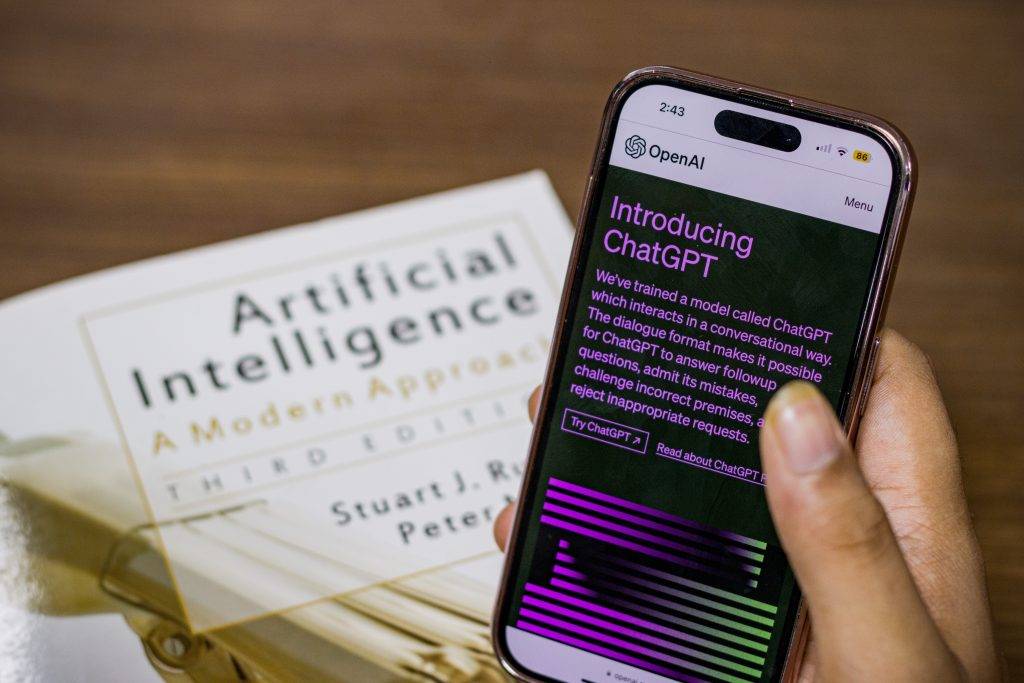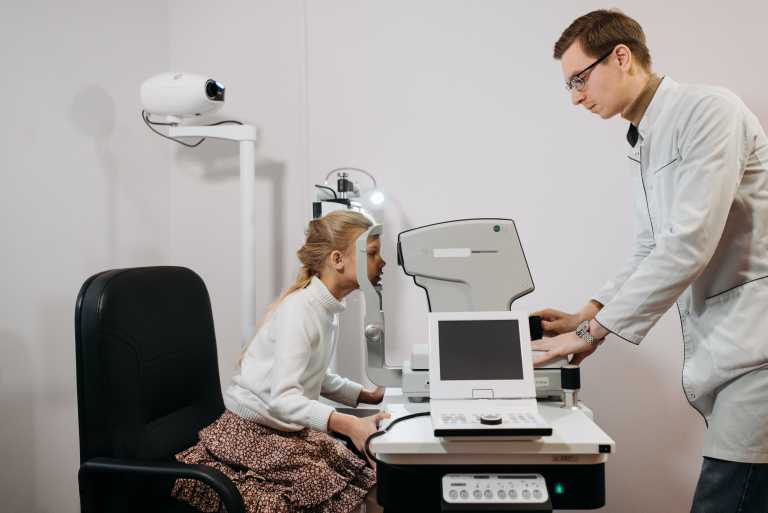Artificial Intelligence (AI) has become a buzzword in recent years, promising to reshape industries, improve daily life, and advance the boundaries of technology. But what exactly is AI, and why is it so significant? In this introductory blog, we’ll embark on a journey to unravel the fundamentals of AI, breaking down what it is, how it operates, and why it stands as a game-changer in the world of technology.
The Essence of Artificial Intelligence
At its core, AI aims to endow machines with the capability to simulate human intelligence. It’s all about enabling computers to think, learn, and make decisions in ways that mimic human thought processes. Instead of simply following pre-programmed instructions, AI systems have the capacity to adapt and improve their performance based on data and experiences.

How AI Works
AI’s power lies in its algorithms and data-driven decision-making. Machine learning, a subset of AI, enables computers to analyze vast datasets, recognize patterns, and draw conclusions from the information they process. This process involves:
- Data Collection: AI systems require data to learn and make predictions. They gather information from various sources, including sensors, databases, and the internet.
- Data Preprocessing: Raw data often needs cleaning and formatting before it can be used effectively. AI algorithms excel at preparing data for analysis.
- Training: During the training phase, AI systems use historical data to learn and fine-tune their algorithms. For example, in image recognition, a model is fed thousands of labeled images to learn how to identify objects.
- Inference: Once trained, AI models can make predictions or decisions when presented with new, unseen data. This is known as inference.
Why AI Matters
- Automation: AI can automate repetitive tasks, boosting productivity and efficiency across industries. For instance, in manufacturing, robots equipped with AI can assemble products with precision.
- Personalization: AI powers recommendation systems, allowing companies like Netflix and Amazon to suggest products, shows, or movies based on your preferences and behavior.
- Healthcare Advancements: In healthcare, AI can analyze medical images, predict disease outbreaks, and even assist in drug discovery.
- Enhanced Decision-Making: AI systems process and analyze large datasets quickly, aiding in informed decision-making in fields as diverse as finance, marketing, and logistics.
- Innovation: AI is a hotbed of innovation, driving progress in areas like self-driving cars, natural language processing, and quantum computing.
In conclusion, artificial intelligence is a technology that simulates human intelligence, processes data to make predictions, and has the potential to revolutionize numerous industries. Its ability to learn and adapt from data makes it an exciting frontier in the world of technology, and its applications continue to expand, making AI a pivotal player in shaping the future. Stay tuned for more in-depth explorations of AI and its various facets in future blogs.


